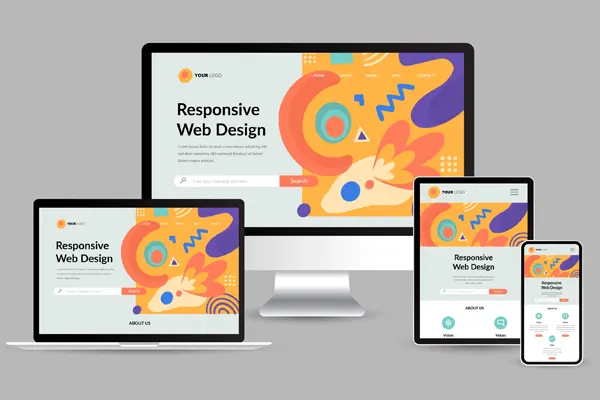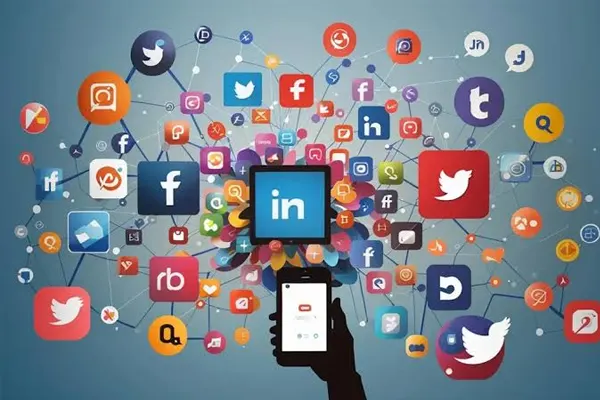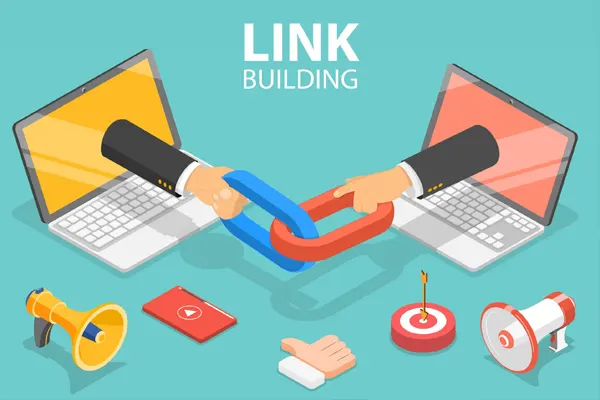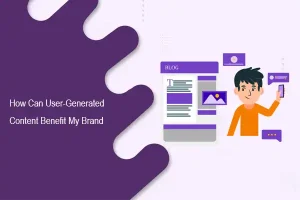What are the latest trends in content marketing?
Content marketing in 2025 is more dynamic than ever, driven by rapid technological advancements, shifting consumer behaviors, and evolving search algorithms. To stay competitive, brands must adapt to trends that prioritize authenticity, engagement, and innovation. A 2025 HubSpot survey of over 1,700 marketers revealed that 90% plan to maintain or increase their content marketing investments, with a focus on formats like short-form video and AI-enhanced strategies. This article dives into the latest content marketing trends, offering detailed insights and practical steps to help you craft a strategy that resonates with your audience.
Why Content Marketing Trends Matter
Trends reflect changes in how audiences consume content and how platforms prioritize it. With attention spans shrinking—down to an average of 8 seconds for Gen Z, per a 2024 study—and platforms like TikTok and YouTube dominating media consumption, brands must deliver content that’s engaging, relevant, and discoverable. Trends also respond to technological shifts, such as Google’s AI Overviews and the rise of zero-click searches, which now account for 58.5% of U.S. Google searches. By aligning with these trends, you can boost visibility, engagement, and conversions while staying ahead of competitors.
Top Content Marketing Trends for 2025
1. AI-Driven Content Creation and Optimization
AI is no longer just a tool for efficiency—it’s a cornerstone of content marketing. A 2025 Semrush study found that 73% of marketers use AI tools regularly for tasks like ideation, drafting, and SEO optimization. Tools like Jasper, Copy.ai, and Gemini 2.0 generate blog outlines, social media posts, or even full drafts in minutes, saving hours of work. AI also enhances SEO by analyzing competitor content and suggesting keywords, such as “content marketing trends 2025,” with optimal density (1-2%).
How to Implement:
- Use AI tools like ChatGPT for brainstorming campaign ideas or creating first drafts, then refine for brand voice.
- Leverage SurferSEO or Clearscope to optimize content with trending keywords and semantic terms like “AI content strategy.”
- Audit AI-generated content for accuracy and authenticity to avoid Google’s penalties for low-quality machine-generated content (MGC).
2. Short-Form Video Dominance
Short-form video remains the top-performing content format, with 61% of B2B marketers increasing video budgets in 2025. Platforms like TikTok, Instagram Reels, and YouTube Shorts thrive on clips under 60 seconds, as they align with mobile-first consumption. TikTok users spend an average of 55 minutes daily on the platform, outpacing YouTube’s 50 minutes. Videos boost engagement by 65% compared to text-only posts and improve SEO, as Google prioritizes pages with embedded videos.
How to Implement:
- Create 15-30-second videos showcasing product benefits, tutorials, or behind-the-scenes content. For example, a fitness brand could post a quick workout demo.
- Use tools like Canva or InShot to add captions and branded visuals for accessibility and appeal.
- Optimize video titles and descriptions with keywords like “short-form video marketing” for discoverability.
3. User-Generated Content (UGC) for Authenticity
UGC, such as customer reviews, photos, or videos, builds trust and credibility. A 2024 Stackla survey noted that 79% of consumers trust UGC over brand content. Brands like Peloton leverage UGC by showcasing user stories on social media, fostering community and loyalty. UGC also enhances SEO, as user reviews often include organic keywords like “best [product].”
How to Implement:
- Launch campaigns with branded hashtags, like #MyBrandStory, to encourage UGC submissions.
- Feature UGC on your website, social media, or email newsletters, with creator permission.
- Use tools like TINT or Bazaarvoice to curate and organize UGC from platforms like Instagram or X.
4. Hyper-Personalization Through AI
Personalization is evolving beyond basic segmentation. AI-driven platforms like HubSpot or Marketo analyze user data to deliver tailored content, increasing conversion rates by up to 8%. In 2025, hyper-personalization means delivering content based on real-time behavior, such as recommending blog posts based on a user’s browsing history.
How to Implement:
- Use AI tools to track user behavior and create dynamic content, like personalized email campaigns.
- Segment audiences by interests, demographics, or purchase history for targeted messaging.
- Test personalized CTAs, such as “Explore Your Custom Plan” vs. generic CTAs, to boost clicks.
5. Voice Search and Conversational SEO
With voice searches rising—50% of U.S. consumers use voice assistants daily—optimizing for conversational queries is critical. Voice searches are longer and question-based, like “What are the best content marketing strategies for 2025?” compared to “content marketing strategies.”
How to Implement:
- Create FAQ-style content addressing common voice queries, using natural language.
- Optimize for long-tail keywords and question phrases, like “how to improve content engagement.”
- Structure content with clear headings and concise answers to rank in featured snippets or AI Overviews.
6. Interactive and Immersive Content
Interactive content, like quizzes, polls, or AR/VR experiences, boosts engagement by 44% for brands using it, per a 2025 Siege Media study. AR/VR is gaining traction, with brands using tools like TikTok’s AR features to let users “try” products virtually.
How to Implement:
- Create quizzes or calculators on your website to engage users, like a “Marketing ROI Calculator.”
- Experiment with AR filters on Instagram or TikTok for product demos, such as virtual try-ons for fashion brands.
- Use interactive infographics or polls in social posts to spark engagement.
7. Purpose-Driven and Value-Led Content
Consumers, especially Gen Z, prefer brands that align with their values—82% prioritize brands with shared ethics, per a 2024 HubSpot survey. Content highlighting sustainability, inclusivity, or social impact builds loyalty. Nike’s campaigns supporting women’s sports exemplify this trend.
How to Implement:
- Share stories about your brand’s mission, like eco-friendly practices or community initiatives.
- Create content addressing social issues relevant to your audience, ensuring authenticity.
- Use case studies or customer testimonials to showcase impact, like how your product supports sustainability.
8. Diversified Distribution and Social Media Focus
With Google’s volatility—zero-click searches and AI Overviews reducing organic traffic—brands are diversifying distribution. Social platforms like TikTok, YouTube, and Bluesky are key, with TikTok adding 200 million users in 2023 alone. Social media roles, from content creators to strategists, are top hiring priorities in 2025.
How to Implement:
- Repurpose content for multiple platforms: turn a blog into a LinkedIn post, Reel, or podcast episode.
- Experiment with emerging platforms like Bluesky for unfiltered, authentic content.
- Use AI tools to adapt content for each platform’s tone, like humorous Reels for TikTok or professional posts for LinkedIn.
How to Stay Ahead of Content Marketing Trends
To leverage these trends, follow a structured approach:
- Audit Your Content: Use Google Analytics to identify low-performing content and prioritize updates based on traffic, engagement, or conversion potential.
- Invest in Tools: Adopt AI tools (Jasper, SurferSEO), analytics platforms (Google Analytics, SEMrush), and visual editors (Canva, Adobe Premiere Rush) to streamline workflows.
- Test and Iterate: Experiment with new formats like AR or voice-optimized content, tracking results with BuzzSumo or Google Search Console.
- Train Your Team: Upskill on AI, SEO, and video production to stay competitive, using resources like Coursera’s digital marketing courses.
- Monitor Trends: Follow industry leaders on X or LinkedIn and subscribe to newsletters from HubSpot or CMI for real-time updates.
Conclusion
The 2025 content marketing landscape demands innovation and adaptability. By embracing AI-driven creation, short-form video, UGC, hyper-personalization, voice search, interactive content, purpose-driven messaging, and diversified distribution, brands can connect with audiences and drive results. Start implementing these trends today to build a strategy that’s fresh, relevant, and impactful.
Our Services
Related News
Frequently Asked Questions (FAQ)
How do I know which trends to prioritize?
Focus on trends aligning with your audience’s preferences and your industry. Use analytics to identify what drives engagement or conversions.
Can small businesses adopt these trends?
Yes. Free or affordable tools like Canva, Google Analytics, and AI platforms like Copy.ai make trends accessible.
How does AI impact content authenticity?
AI enhances efficiency but requires human oversight to maintain brand voice and avoid generic content flagged by Google.









